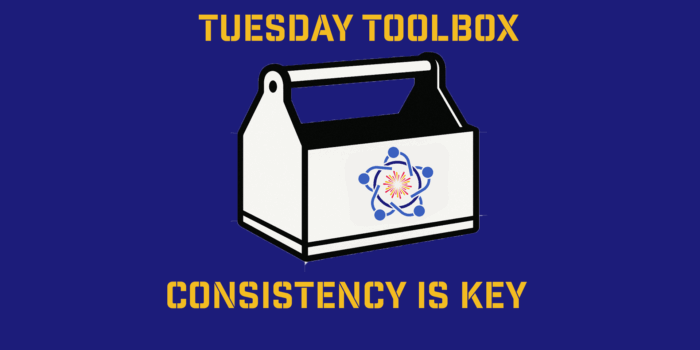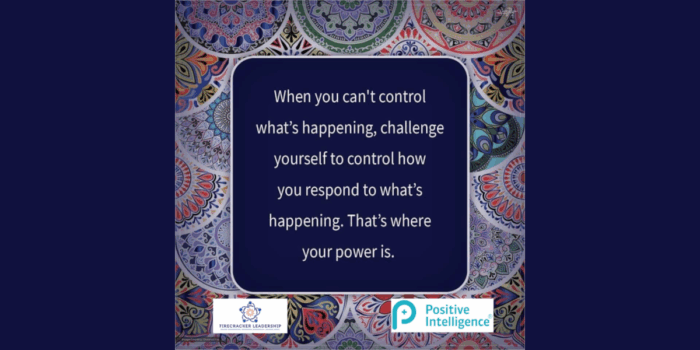What hasn’t happened this year that needs to? Would getting clarity help?
We can’t read each other’s minds. Dialogue is necessary to create this new reality we all seek.
Workplace well-being is having its moment. I think that’s safe to say, even though, yes, I’m saying it as a Chief Well-Being Officer. Never before have we had the opportunity we now have to redefine work around well-being. Never before have both employees and leaders been more in alignment on the value and necessity of well-being, both in their organizations and in their lives. We have the opportunity to create the world of work that we want to work in. Both the possibilities and the challenges of making that a reality are laid out in a new report from Deloitte and research firm Workplace Intelligence.
Over 2,000 employees and C-suite leaders across four countries — the U.S., U.K., Canada and Australia — were surveyed. One of the most remarkable findings was this gap: While 91 percent of the C-suite leaders think their employees believe they care about employee well-being, only 56 percent of employees agree. What could explain that gap? The fact that the leaders seem to be even more burned out than their employees. While 57 percent of employees said they’re seriously considering quitting their job for one with more well-being, an amazing 70 percent of executives said they’re also considering leaving. Nearly seven in ten employees said better well-being is more important than career advancement, and over eight in ten C-suite leaders agreed.
To me, what the report shows is that if we’re going to create the world we want to work in, if we’re going to make well-being the core of how we work, it’s not going to be a top-down process. The workforce has an essential role to play, because it’s clear that the solution can’t fall on the shoulders of the C-suite alone. It’s going to require all of us, at every level, to come together and create the change we want to see.
Even if they don’t want to admit it, leaders are struggling themselves. We have a tendency to put leaders on a pedestal, but they’re people, too. Even if they know — and believe — the adage about securing your own oxygen mask first, as another saying goes, you can’t pour water from an empty cup.
What also shows is that leaders are as desperate for more well-being in their work as their employees. So how do we turn a vicious cycle of burnout into a feedback loop of mutual cooperation? Instead of everybody changing jobs in a musical chairs search for better well-being, how can we bring more well-being into the jobs we have? Here are a few ways we can come together and collectively solve this challenge for everyone.
First, identify leaders within your organization who are already leading on well-being. Creating a culture of well-being can’t just be an HR thing — the scope of what’s needed goes way beyond what HR can control. So find your allies. If there aren’t already co-workers leading the way, find those whose passion for well-being gives them the potential to lead on this issue. Those who might influence change today are going to be the leaders of tomorrow. Once you have your allies, start building your well-being “movement” from within.
Then, identify what the barriers are to well-being in your organization. This needs to be an open and honest conversation — the good, bad and the ugly. Of course, it’s never just one thing. There are likely going to be a range of factors behind why people aren’t thriving.
Another thing to keep in mind: are the barriers to well-being truly organizational or do they stem from self-limiting beliefs about what it means to be a top performer at the organization? Of course, there are still way too many genuinely toxic workplaces out there, and I don’t want to minimize the challenges of those working in them. But it’s also true that our own beliefs about how we’re supposed to work or what we have permission to do can hold us back. Whatever it is, it’s essential to start a real and ongoing conversation about what’s keeping people from taking care of themselves.
Next, think about what you need to be able to work with more well-being. What could you do differently? What do you have the power to change? The survey showed that employees want their leaders to model well-being, with 77% of employees and 94% of executives saying that it’s important for leaders to be health-savvy. But it’s important for employees to model well-being, too. An example from 2017 that has stuck with me ever since came from Madalyn Parker, a Michigan web developer. After sending her co-workers an email letting them know she was taking a few mental health days, she got a message from her boss thanking her for reminding them “of the importance of using sick days for mental health.” He added, “you are an example to us all, and help cut through the stigma so we can all bring ourselves to work.” After Parker shared the exchange, it went viral. Sure, not all bosses are going to be as enlightened, but it’s also true that many times we might have more power to model well-being, and give others the permission to do the same, than we think we do. And while taking mental health days wasn’t well adopted at the time, it’s been great to see more and more companies supporting their people to take them now.
And finally, we should also remember the world continues to be a hard place to live in. We’re entering the third year of a pandemic that’s disrupted every aspect of our lives, and most of us haven’t had the time and space to recover in any meaningful way. So we’re still operating from a place of deficit. Which is why it’s all the more important to do what we can to design well-being into our workday and into our organizations. And to give ourselves a bit of grace.
One bit of good news in the survey was that 95% of C-suite agree that executives should be responsible for employee well-being, and that over the next few years 83% of them say they’ll do more on the issue. That’s great, but creating the world we want to work is only going to happen if we create it together.



